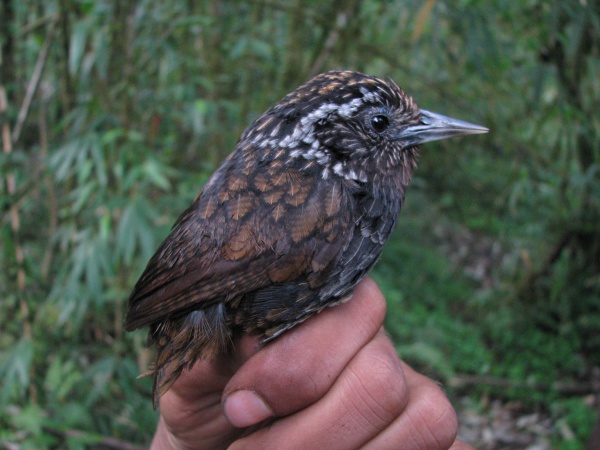Facts About Sikkim wedge-billed babbler
The Sikkim wedge-billed babbler, also known as the blackish-breasted babbler, is a captivating member of the Old World babbler family. Named after the Indian state of Sikkim, this bird inhabits various regions of the Indian subcontinent and parts of Southeast Asia, including Bhutan, India, Myanmar, and Nepal. It thrives in subtropical or tropical moist lowland forests and montane forests. Unfortunately, its population is declining due to habitat loss.
First described by Louis Mandelli, the Sikkim wedge-billed babbler was initially placed in the genus Heterorhynchus. It was then briefly reassigned to the genus Stachyrirhynchus by Hume, before finally being placed in the genus Sphenocichla, as established by Godwin-Austen and Lord Tweeddale for a related species. The bird was once referred to simply as the wedge-billed babbler and included Sphenocichla humei and Sphenocichla roberti as subspecies.
In terms of habitat, the Sikkim wedge-billed babbler favors the understory of broadleaf evergreen forests and bamboo groves, typically found at elevations between 900 and 1,950 meters. In Bhutan, it is particularly fond of westward-facing slopes. During the winter months, it migrates to lower elevations. These birds often travel in small groups and primarily feed on insects, displaying a notable preference for woodlice and wood-boring beetles.
The Sikkim wedge-billed babbler is a remarkable bird with specific habitat needs and dietary preferences, underscoring the importance of its conservation amid the ongoing threat of habitat destruction.

 India
India